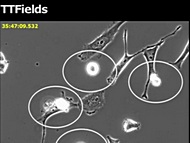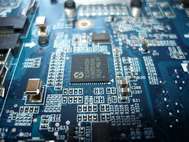
Betalin Therapeutics’ engineered micro-pancreas will provide a lasting scaffold for transplanted insulin-producing beta cells.
In people with type 1 diabetes, the insulin-producing beta cells of the pancreas don’t function properly. Daily injections or infusions of insulin are necessary to regulate energy-producing glucose absorption in all the body’s cells. Doctors know how to implant type 1 patients with donor islets full of healthy beta cells, but they cannot keep the transplanted cells from failing within a matter of days. Unfortunately, half of all transplanted patients are back on insulin injections one year later, and 90 percent revert to insulin dependency within five years.
Israeli biotech company Betalin Therapeutics is developing an engineered micro-pancreas (EMP) that can sustain significant levels of glucose-regulated insulin secretion from transplanted beta cells. If this tissue-engineering breakthrough proves effective in human trials, it has the potential to cure, rather than only control, type 1 and even severe forms of type 2 diabetes.
The essence of the EMP is a micro biological scaffold that is added to the donor islets before implantation. It uniquely supports the cells’ survival, leading to long-term functionality, says Prof. Eduardo Mitrani, who engineered the EMP in the department of cell and developmental biology at the Hebrew University of Jerusalem and now chairs Betalin’s scientific advisory board.
“The main problem we have in developing new treatments for diabetes is that diabetes is far more complicated than we think,” Mitrani tells ISRAEL21c. “Providing insulin is easy, but regulating insulin has proven very difficult because regulation requires many different sensors in the beta cells.”
Findings from Mitrani’s lab were published in the November 2015 issue of the journal Tissue Engineering Part A, showing that beta cells derived from EMP-supported islets function similarly to freshly dissected pancreatic islets in the lab. They continue to secrete insulin in a regulated manner and in levels comparable to fresh islets for more than three months, whereas beta cells not supported by a scaffold function for about two days.
When transplanted into suitable hosts, EMPs connect quickly with the body’s vascular system, and because of their microscopic size they can receive the natural amounts of nutrients and gases needed to survive through diffusion. “Connecting to the network” is essential for proper glucose sensing and efficient insulin secretion. This is a major step forward from other experimental approaches, says Mitrani.
This article has been republished with permission by www.ISRAEL21c.org. Click here to continue reading.




